Affiliate links on Android Authority may earn us a commission. Learn more.
Ethernet vs Wi-Fi: Do you need a hardwired connection?
Published onMarch 1, 2022
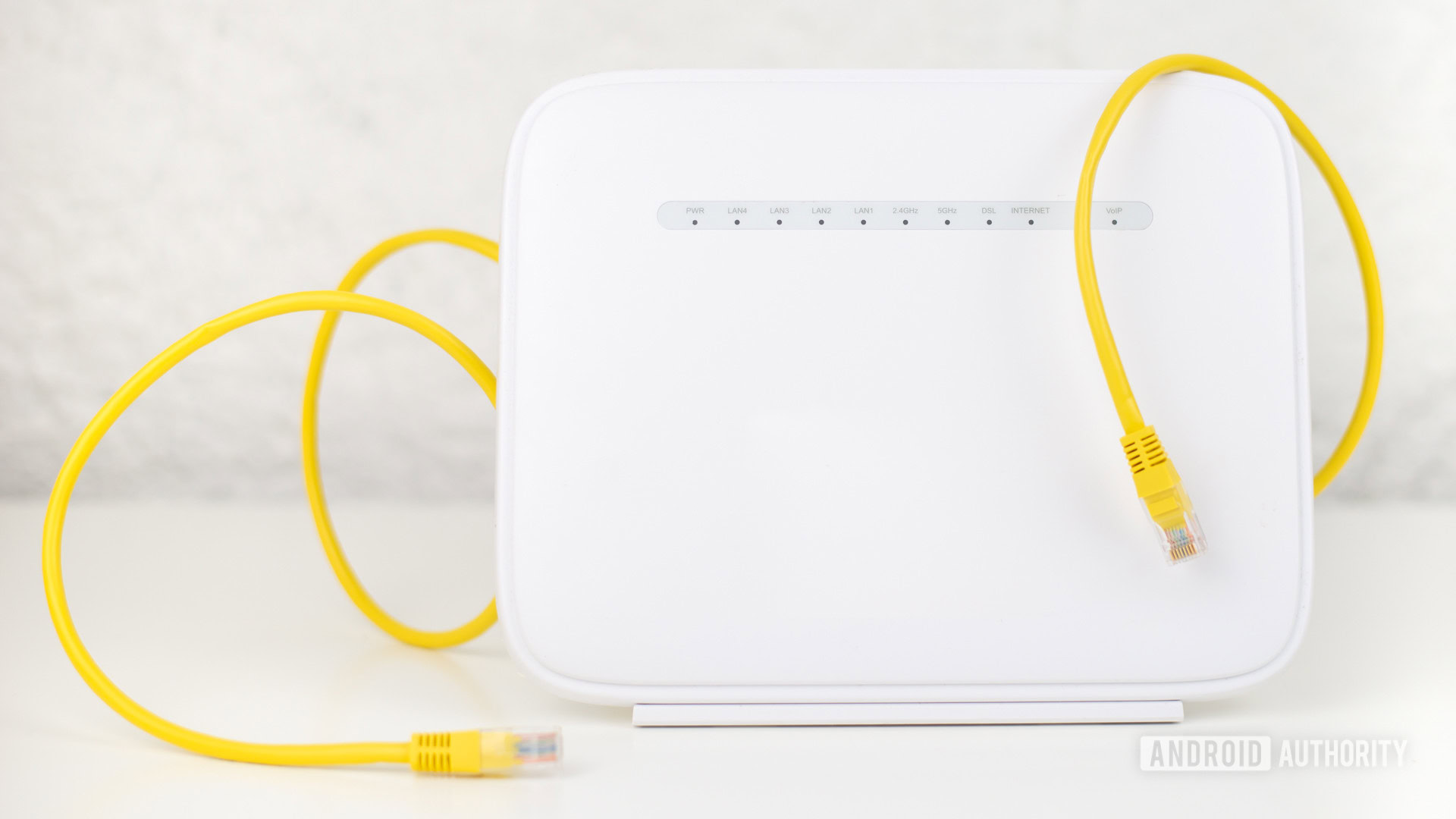
The Ethernet vs Wi-Fi dilemma has long kept us wondering how we should handle our internet needs. Is a hardwired connection really better? Maybe it’s easier to live the wireless life. As it goes with these topics, the answer isn’t always straightforward, and there are multiple factors to consider. Today we are here to clear all doubts and help you decide what best suits your needs.
1. Ethernet vs Wi-Fi: pros and cons
Wi-Fi is what most people use in the modern age of mobility. There are obvious reasons to go with a wireless connection, but some may prefer living without its limitations. Let’s go over what Wi-Fi can offer and what its drawbacks are.
Speed and performance: Ethernet wins by far
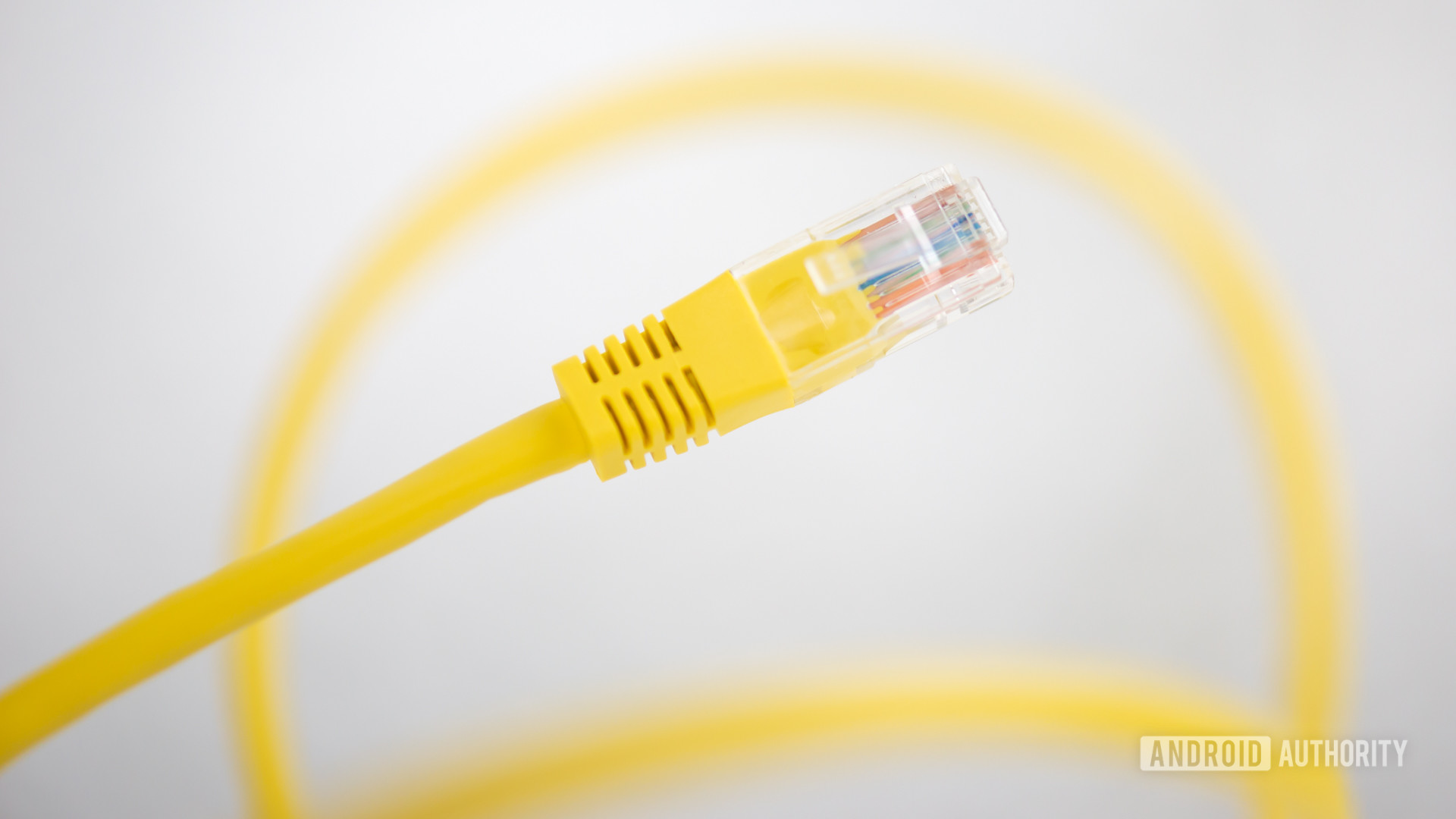
In Wi-Fi vs Ethernet speed, there is no doubt a hardwired connection has the advantage. Cat 8 Ethernet cables can transmit up to 40Gbps. Meanwhile, the latest and greatest Wi-Fi 6 and Wi-Fi 6E standard lags behind at a max 9.6Gbps. That’s if you get one of the very few and most expensive routers currently available.
Latency is also significantly lower with an Ethernet connection. It’s not rare to see 0.3ms pings in wired connections. Meanwhile, a 2-3ms ping is ordinary using Wi-Fi. Wi-Fi 6E is getting all the hype for reaching 1ms latency.
Of course, all of this is given that your internet provider even has the necessary speeds to meet either of these standards’ performance levels.
Reliability: Ethernet has fewer drops
If you need an uninterrupted, stable connection, you probably want to plug in. Wi-Fi is highly affected by interference from other devices, electrical components, thick walls, furniture, and more. Such is not the case with Ethernet. As long as the cable gets to your device, fewer factors will get in the way of you reaching the network.
Mobility: Wi-Fi is the undisputed winner

A wireless connection will always be more convenient for those who want to use mobile devices. A wireless connection allows you to move freely throughout the covered area while staying connected.
Mobility might not be an advantage if you will be accessing the internet with a static device like a desktop computer, but those are becoming less common among general consumers.
Compatibility: Again, Wi-Fi wins
Modern devices like smartphones, tablets, and most laptops don’t even offer the option to go with an Ethernet connection. In many instances, laptops require a dongle, which proves to be an inconvenience. Wi-Fi has become the standard for network connections, and very few products come with a wired-only option.
Amount of connected devices: Wi-Fi, unless you upgrade your Ethernet
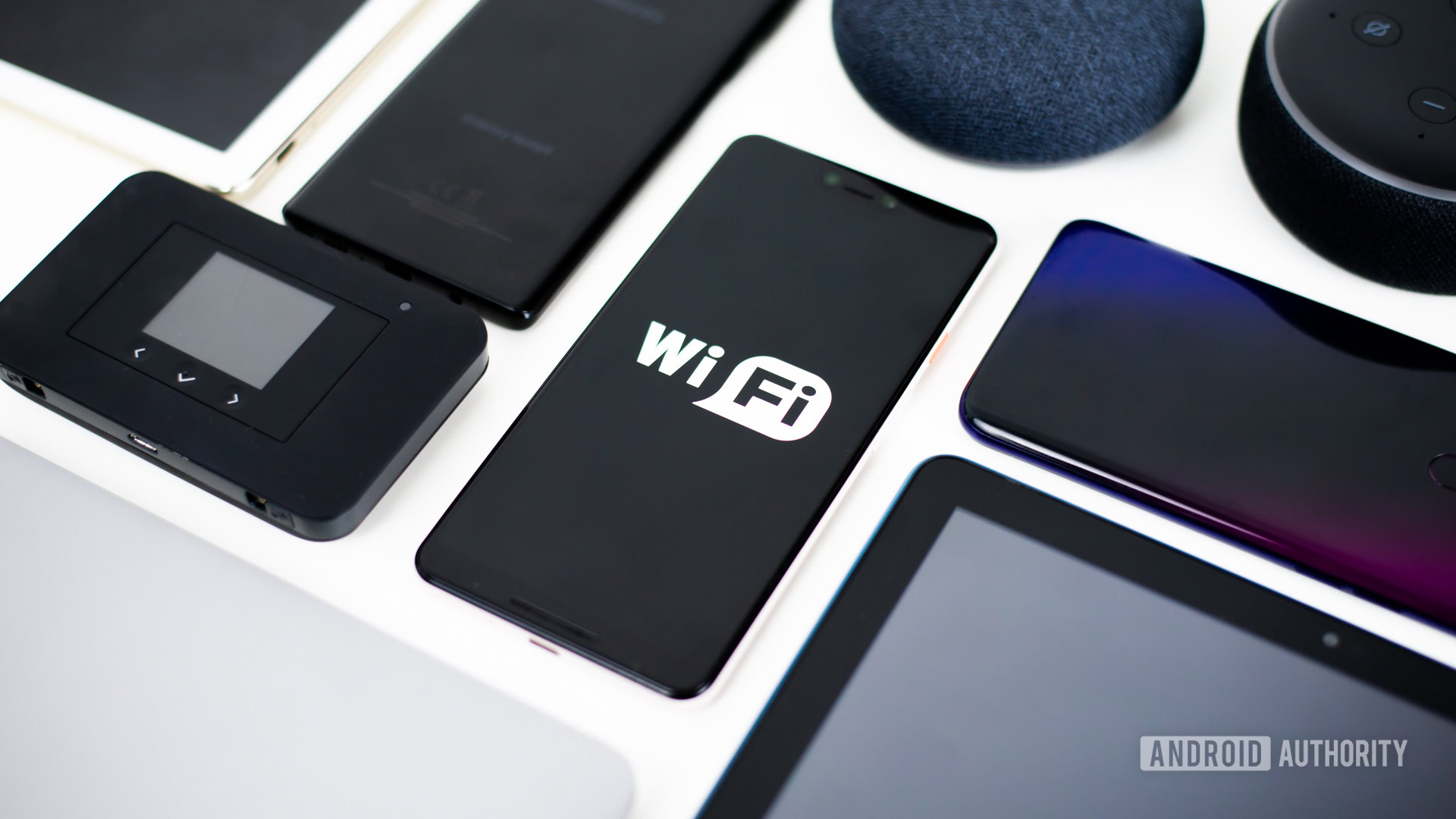
Most Wi-Fi routers can handle dozens of connected devices at once. Some mesh routers can keep a wireless connection with well over 50 gadgets. Higher-end ones can do more, and with Wi-Fi 6 gaining popularity, the number of available wireless connections will continue to grow. This is a massive advantage over Ethernet, as most routers and modems only have a few ports for hardwired connections.
You could use an Ethernet splitter to connect more devices via cable, but that can get bulky and more expensive. Not to mention it would only mean having to deal with even more lines going across rooms. All that said, though, the amount of connected devices is essentially endless with enough splitters. This is one of the reasons why many offices with a lot of devices go with Ethernet.
Security: Ethernet has the edge

Ethernet connections are preferred among security buffs. This is for obvious reasons. Ethernet requires a physical connection, while Wi-Fi transmits data over the air. An attacker would need to literally connect a device to your network to access it via Ethernet. Wired connections have their vulnerabilities, of course, but they are usually less, and all of them apply to Wi-Fi networks too.
Related: How to protect your privacy
Organization and clutter: Wi-Fi has no wires!
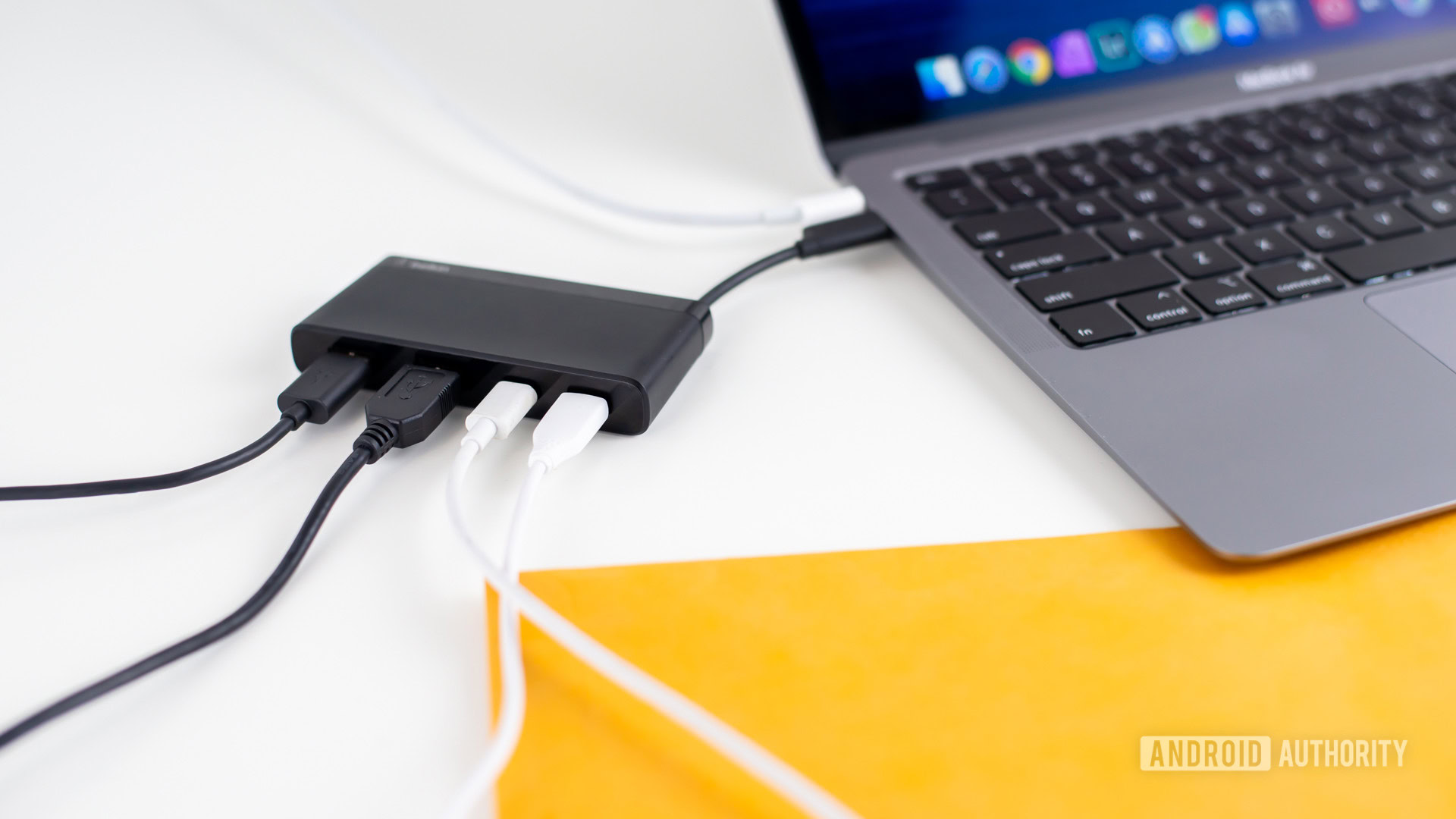
Wires are annoying! This is one of the main reasons why wireless connections are so convenient. With Wi-Fi, you need not deal with long cables running through your walls or getting in the way of anything. Not to mention they look ugly and can often be challenging to hide. This makes cable management such an essential feature in desks and other furniture. People hate looking at wires.
Set-up: Wi-Fi is so easy to set up these days
Modern Wi-Fi technology makes it amazingly easy for the common Joe to set up and manage his network. Routers like Google’s Nest Wi-Fi can be controlled with a simple app in minutes. Ethernet requires skill, a more complicated cable installation, and setting up controls in more complex ways.
Need help?: How to set up a router
Electricity: Ethernet can transmit power!
Power Over Ethernet (PoE) can transmit electricity to devices. This means that installing a camera outside wouldn’t necessarily require an electrical outlet. The same Ethernet cable that transmits data can also keep the camera powered. Even if there is an electrical outlet nearby, it could be saved for other uses. In a way, depending on your devices, Ethernet can reduce cabling, as you wouldn’t have to plug certain devices into an outlet.
Again, this requires some technical know-how and installation time, but it’s a great advantage once you have everything set up. Using Wi-Fi requires constant power or a charged battery. Both of which can be inconvenient and require more ongoing attention.
2. Ethernet vs Wi-Fi: Do you really need the benefits of Ethernet
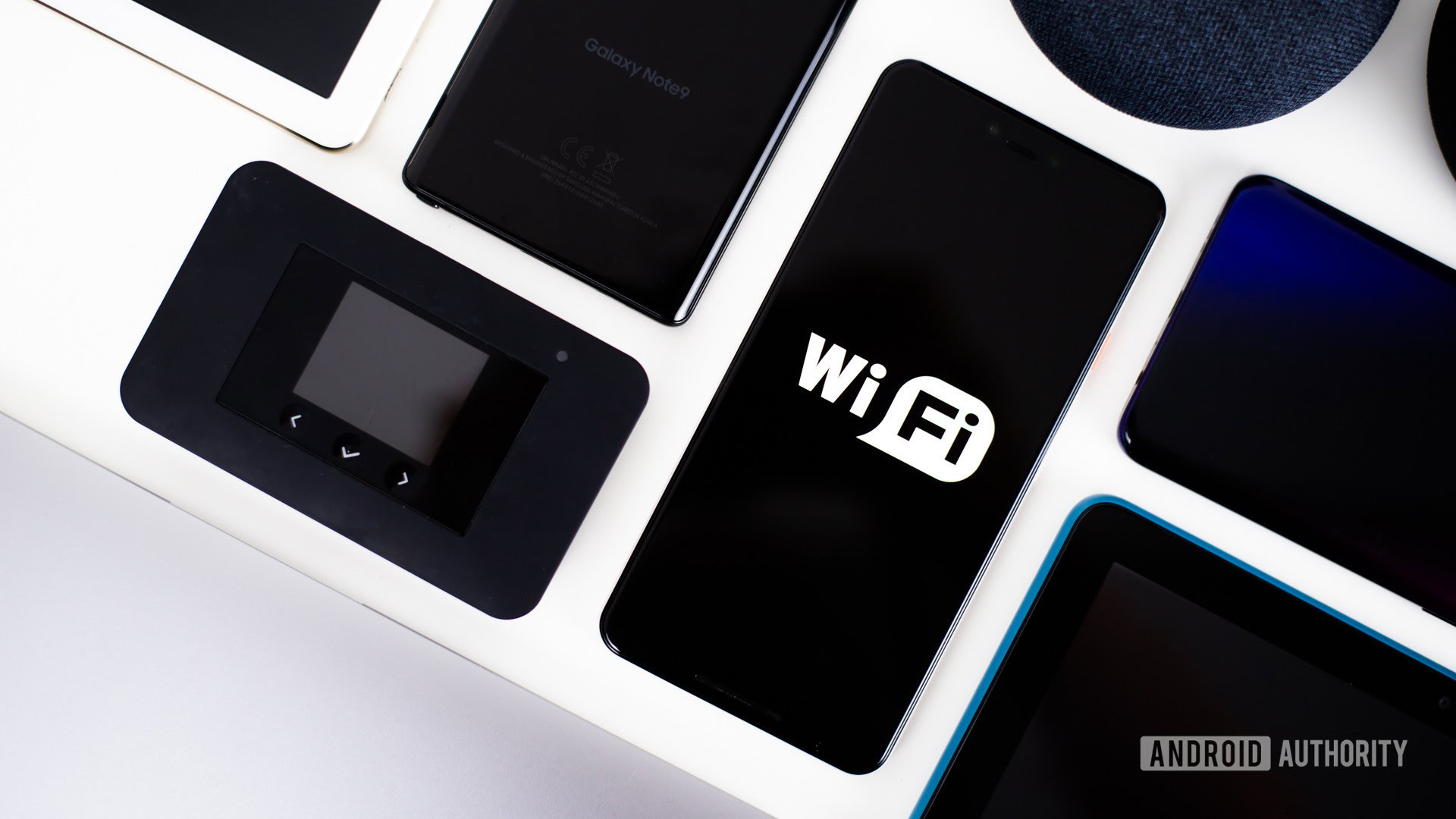
As many performance advantages as Ethernet has, it can be overkill. Unless you are truly taking advantage of it, using Ethernet can be like buying a gaming supercomputer just to check social media.
According to Ookla’s SpeedTest.net result statistics, the global average download speed for fixed broadband connections is only 59.86Mbps. The average in the USA alone is 143.76Mbps. Even fourth-generation Wi-Fi with 802.11n support can handle those speeds. Most modern routers now use Wi-Fi 5 (even affordable ones), which have Gigabit capabilities. In terms of transfer speeds, Wi-Fi can easily meet and surpass most people’s needs.
Unless you are truly taking advantage of it, using Ethernet can be like buying a supercomputer just to check social media.Edgar Cervantes
Latency is another story, but the difference could be insignificant to many. Think of how long a millisecond is. Waiting two to three milliseconds while checking emails, browsing the web, or watching videos won’t make a noticeable difference.
Ethernet’s added security is excellent, but we also have encryption, firewalls, anti-viruses, and more. These are good enough to keep casual users safe. Only businesses or people in serious need of high-security standards should consider going all-in on Ethernet for this reason.
Without a specific need for it, leaving the comfort and convenience of Wi-Fi may bring you little to no improvements.
Read more: The best internet providers in the USA
3. Wi-Fi vs Ethernet for streaming

Now that you know the Ethernet vs Wi-Fi differences, it’s time to go into detail about which is better for more intensive tasks. Streaming video is considered data-heavy, especially as we move to higher-resolution content and faster frame rates.
The most popular streaming services in the USA are YouTube, Netflix, and Hulu (according to Statista). Let’s look at their recommendations for internet speeds.
Internet recommendations for 4K content:
As you can see, those requirements are far below what both Ethernet and Wi-Fi can handle. You should be good to stream any video regardless of your preference, as long as your internet speeds are up to par. According to the average global and USA speeds mentioned in the previous section, most people should have data speeds to spare.
Now, these data speed recommendations are for streaming 4K content. Your needs will be much less when streaming at lower resolutions.
Not only are Wi-Fi speeds good enough to stream 4K video, but it may very well be your only option. People commonly stream movies and other content using smartphones, tablets, and laptops. Most smart TVs and smartTV devices don’t have Ethernet ports either.
Things can change if you’re in a house or office where many users are streaming and doing other internet tasks simultaneously. This can congest your network, in which case an Ethernet connection might be better. You could also look into special routers with multiple channels and device prioritization features.
Here: The best video streaming services
4. Wi-Fi vs Ethernet gaming
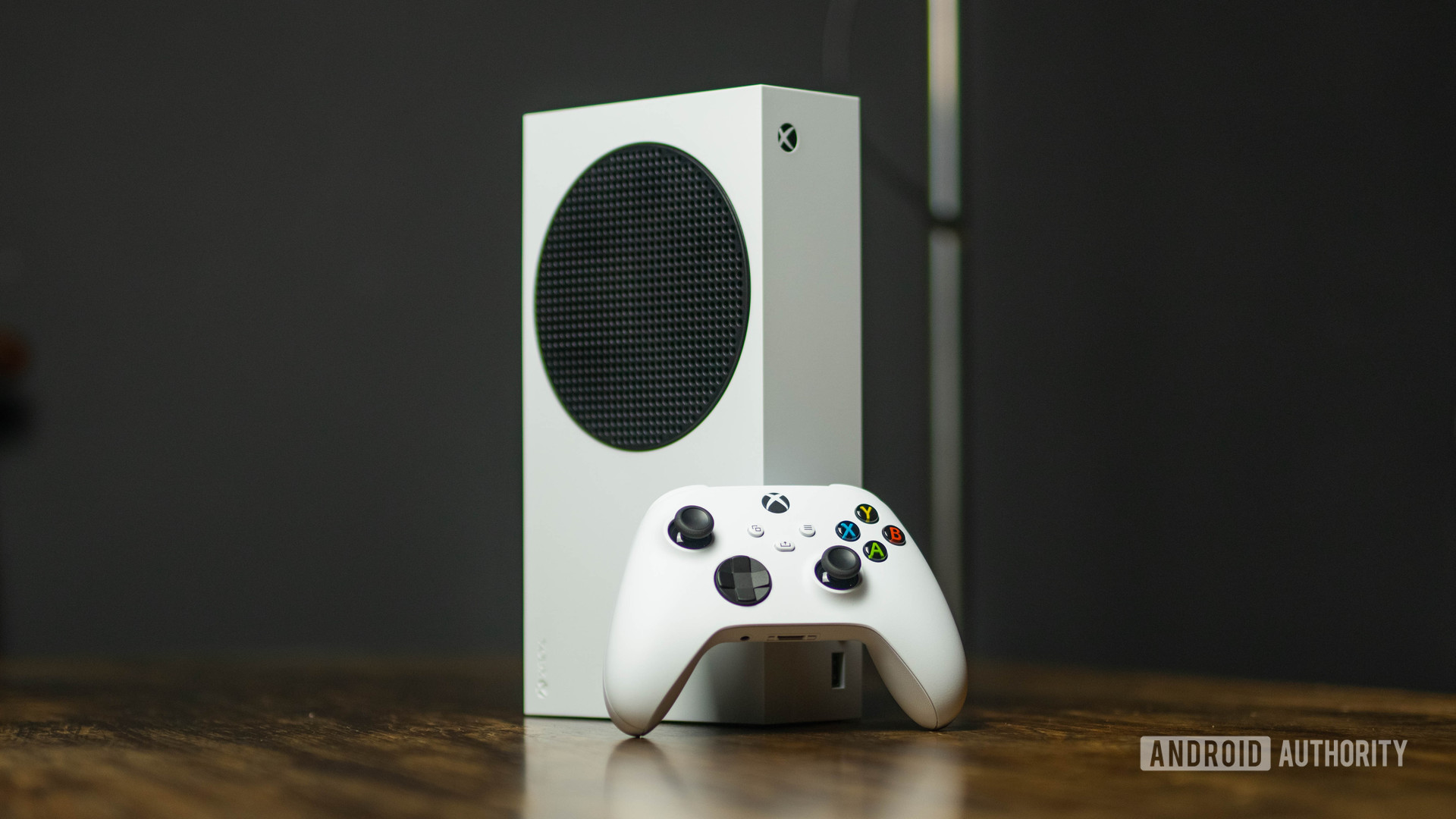
Gamers are more demanding when it comes to performance, and while gaming offline isn’t harsh on data, some online players might want to consider going the Ethernet route. As they say in the gaming world, milliseconds can win matches. You need every bit of performance to gain the winning edge.
Many current titles can be very fast-paced and full of action. A faster ping will ensure every mouse movement and action happens with as little latency as possible, resulting in much quicker response times. Think of it like this: If you and your opponent shoot each other at the same time in an FPS game, the person with the least latency will effectively shoot first. Even if by a millisecond or two, you will lose.
Other external factors may add latency, but reducing that ping by milliseconds using an Ethernet connection should make a difference. This is why gamers often buy expensive mice, keyboards, and other accessories with very short latency. Using Ethernet is part of the lag reduction equation.
If it’s not critical that your response times are as fast as possible, you can live gaming on a Wi-Fi connection. I have played RPG games over Wi-Fi, and though ping is slower than when using Ethernet, the difference didn’t make me a worse player. It’s only the hard-core gamers playing intense, fast-paced games that will see a noticeable difference.
5. Wi-Fi vs Ethernet for working from home

In the Wi-Fi vs Ethernet dilemma, which one best suits your needs for working from home will highly depend on your needs. If you live alone and there is no one else eating up your bandwidth, then Wi-Fi will probably be just fine for most common work tasks like making video calls, checking emails, writing, or even editing. This might be different if you have others making uploads/downloads, taking a class over video chat, or streaming in other rooms.
Wi-Fi can still be a viable solution in such instances, but we would advise that you get a router that can prioritize your primary work devices over others. That said, Ethernet provides a faster, more solid connection with less ping, so you might want to plug in just for a more seamless experience. If that’s the case, you should also ensure your computer has an Ethernet connection. If it doesn’t, you will want to find a dongle that has one.
Also: The best work from home apps, gadgets, and tools
6. Wi-Fi vs Ethernet for smart home devices
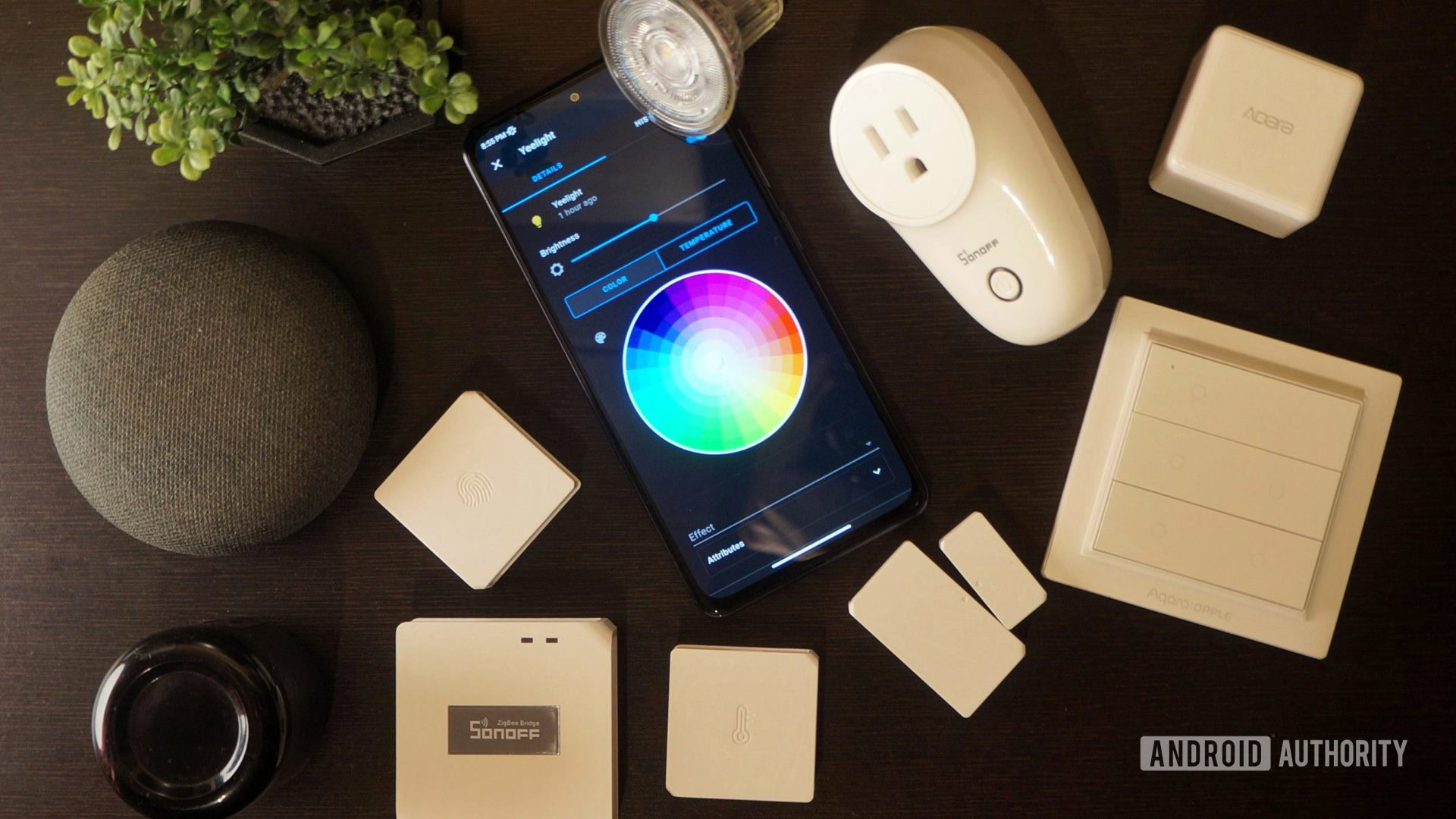
The answer is relatively straightforward when deciding between Wi-Fi vs Ethernet for smart home purposes. Wi-Fi is the obvious choice because most smart home devices don’t have an Ethernet connection. Not like it would be convenient, anyways. You wouldn’t want to run wires to every light bulb, switch, smart speaker, coffee maker, and other connected devices.
All that said, there is an essential factor to consider for intelligent home purposes. Once the list of your connected devices extends past a certain amount, your router might not be able to handle them properly. Most basic routers can’t take more than about 20 connections. More than half of that might account for smart lights depending on the home. Add smartphones, tablets, TVs, computers, and everything else to the equation. You can see how that number doesn’t seem that high anymore.
If you’re going to be expanding your smart home set-up, you should invest in a Wi-Fi router with as many connections as possible. Even better, some routers and smart speakers have an integrated Zigbee hub, which can move your smart home devices out of your Wi-Fi network and onto the Zigbee hub.
More: The best smart home gadgets around
7. Picking the right router
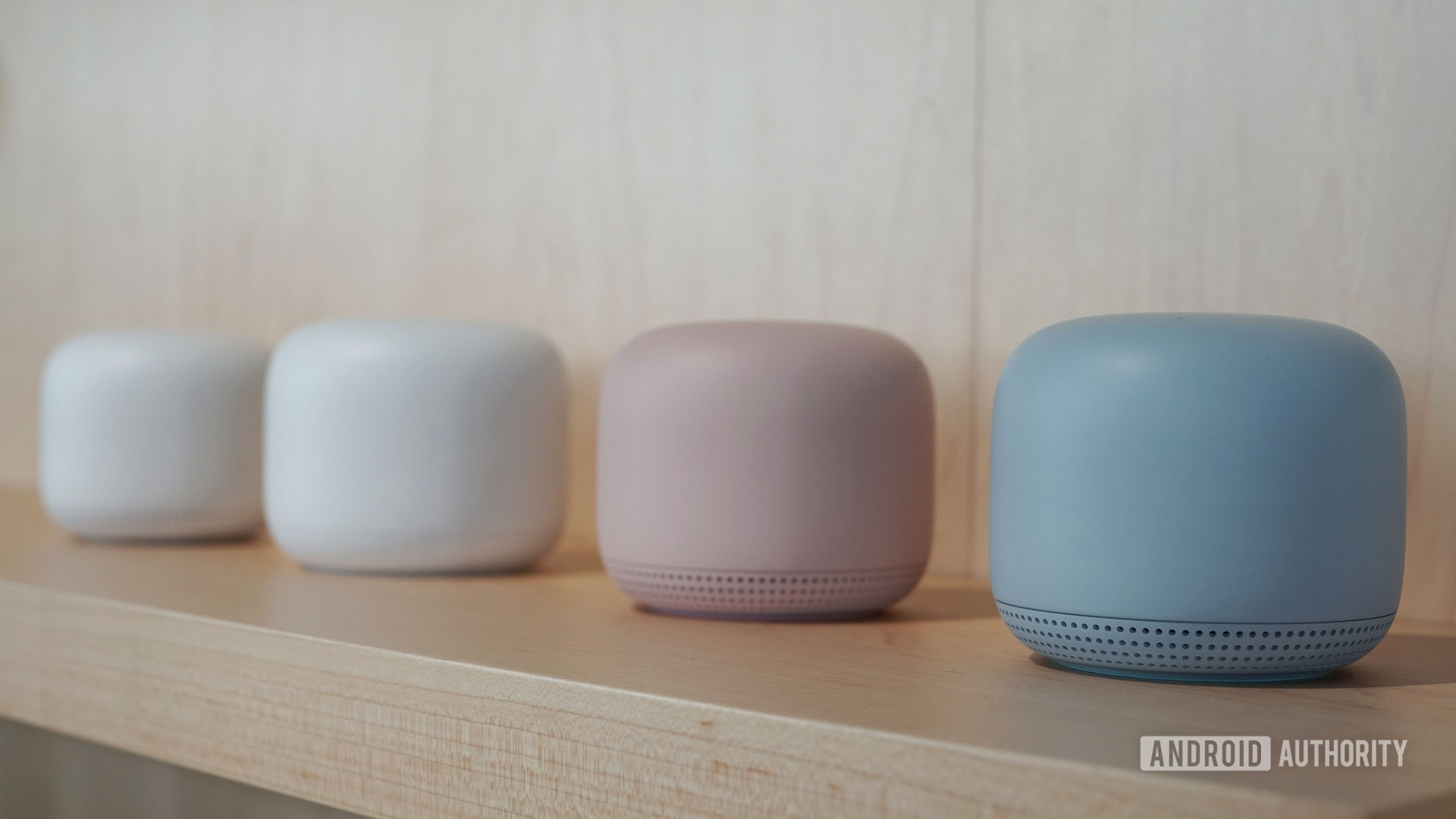
Modern wireless technology is starting to bridge the Ethernet vs Wi-Fi gap. To make the most out of your Wi-Fi connection, you need to pick the right router. There are high-performance routers that reduce latency and have increased transfer speeds. If your issue is connection strength, you can opt for a mesh router system that expands coverage. Some products are also focused on parental controls and security. Below we will show you some of our top picks for routers.
Our favorite Wi-Fi routers:
Now that you have solved the Ethernet vs Wi-Fi conundrum, enjoying your internet connection is only a matter of making the right choice for your needs. You might want to follow our guide for improving your Wi-Fi speeds before you go making any expensive purchases, though.